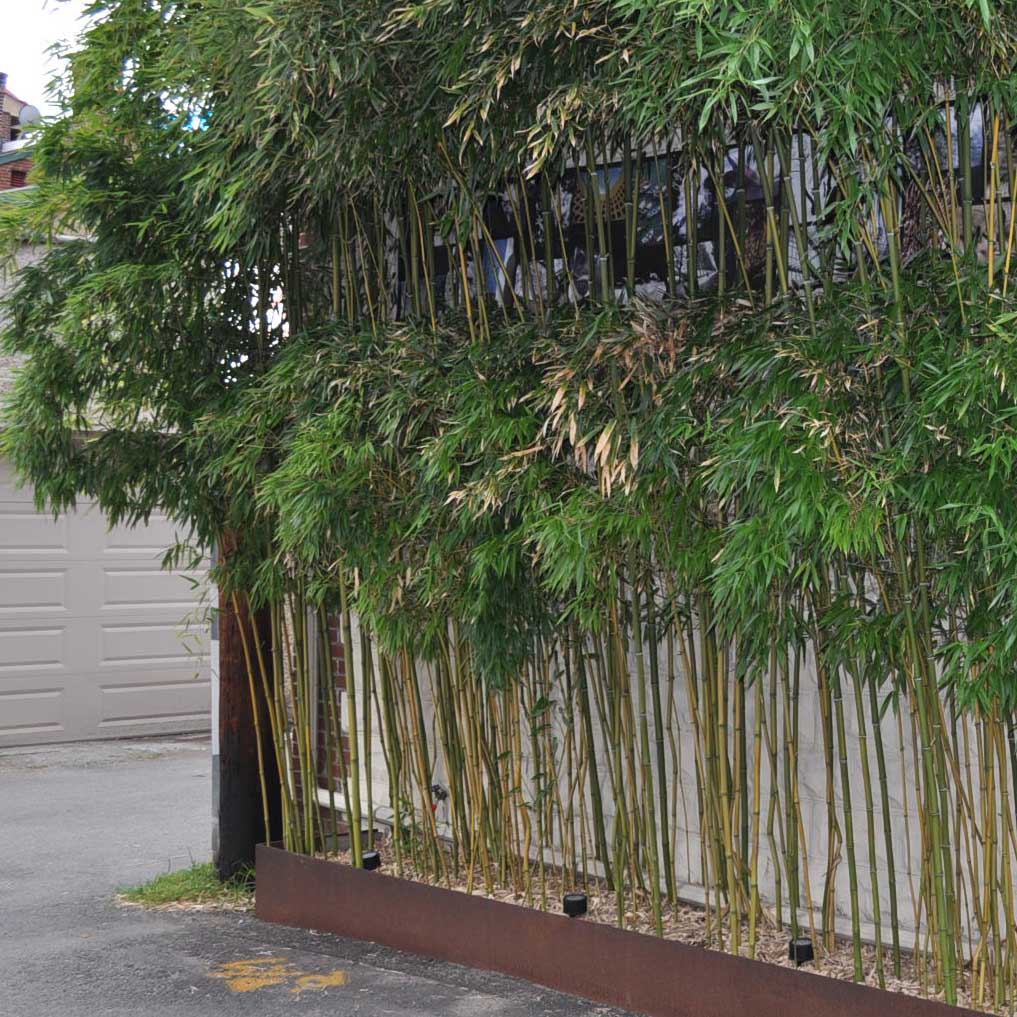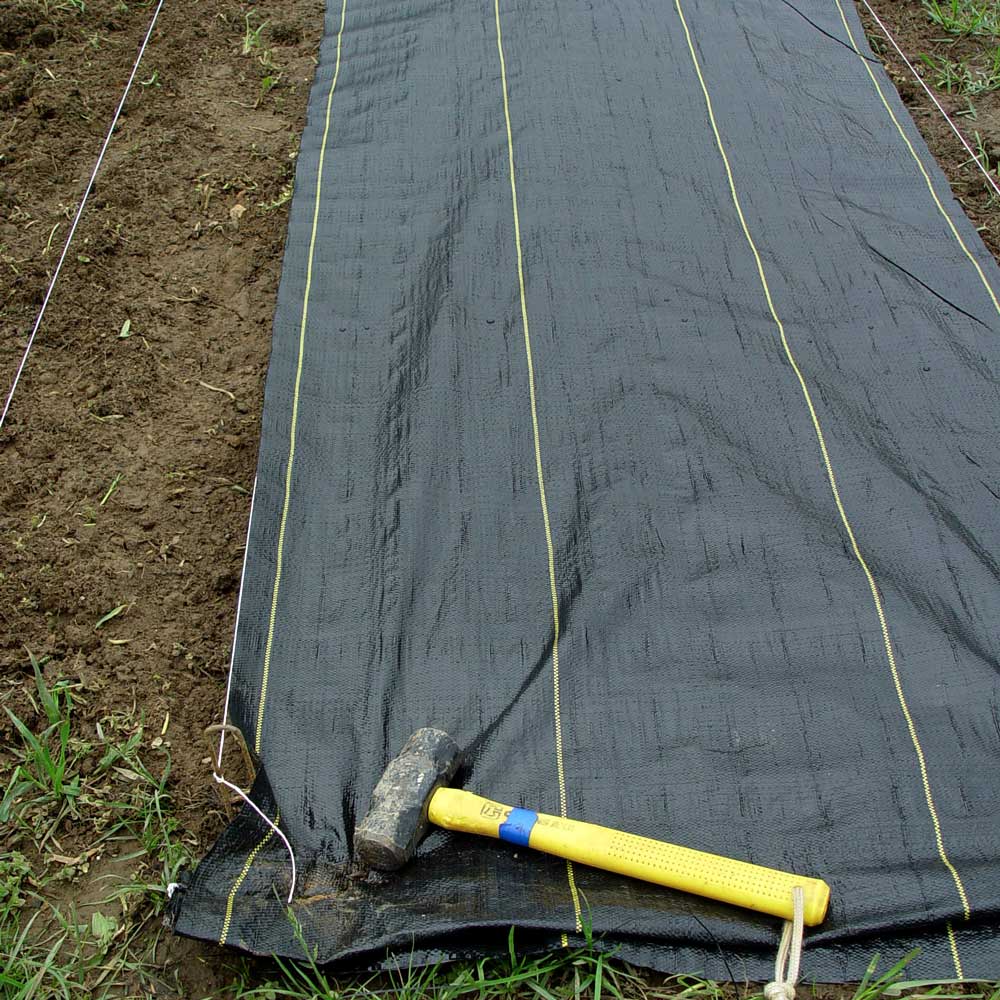5 Traits That Help Weeds Dominate
Discover weeds' survival secrets and how to keep them from taking over your garden.
One of the weed world’s best strategies for fast and vigorous expansion is sending out “runners” that root and shoot as they go.
That’s not only a less noticeable way to multiply than the obvious seed-packed puffballs atop the stalks of dandelions, thistles, and marestails, but it’s harder to overcome, too.
If you don’t kill or remove every last section of a running weed, the left-behind pieces can sprout and continue running.
Weeds that spread by running are usually perennial ones that live from year to year. They don’t die at the end of each season and rely on seeds to sprout the next year to keep the species going.
In fact, running weeds are some of nature’s longest-lived weeds. They’re difficult to eradicate, and because they devote so much energy to vegetative growth vs. flowering, fruiting, and seed production, they can creep and grow endlessly if left alone.
Running weeds use two similar types of growth to spread – stolons and rhizomes.
Stolons are plant stems that grow from the base of existing plants at and across the soil surface. They form roots at their nodes, and new shoots from the buds – usually at the tip of each stolon.
These clones of the mother plant send down roots, and the stolons eventually die, leaving behind independent new plants that start their own creeping process.
Rhizomes are root-like stems that typically grow just under the ground. Sometimes called “creeping rootstalks,” they also send roots down and new shoots up – often all along their trajectory.
One difference is that rhizomes are long-lived and store nutrients to help plants survive and thrive from year to year. They also tend to be white and thicker than stolons.
Some plants produce both stolons and rhizomes.

The king of runners – bamboo – is contained here by a shed and asphalt driveway. Photo by George Weigel
Running weeds are a problem in lawns because they spread and develop viable shoots that stay below mower height. That makes mowing a less effective anti-weed tool than with weeds that have their seedheads cut off and taller weeds that give up and die when cut a few times.
Creeping Charlie, wild strawberry, clover, and wild violets are examples of some of the most common creeping/running weeds that colonize lawns.
Many grasses themselves are “stoloniferous” or “rhizomatous” growers, including planted turfgrass species such as Zoysia, bermudagrass, and St. Augustine as well as grassy weeds such as quackgrass, smooth bromegrass, and nimblewill.
In landscape beds – and especially perennial gardens – gardeners battle vigorous runners such as bindweed, loosestrife, mugwort, and goutweed.
Bindweed, marestail, hawkweed, and creeping Charlie are particular threats because they seed so well in addition to spreading by runners once they germinate.
Thistle and goutweed are two of the best examples of rhizome-producing weeds that just won’t give up. If you’ve ever tried pulling/digging these only to have new shoots emerge with a vengeance, it’s because the incomplete removal stimulated the left-behind pieces to grow.
Sometimes even planted plants with running habits end up rooting-and-shooting their way into unwanted areas. Many a gardener, for example, has rued the planting of houttuynia, variegated ribbon grass, or mints into a garden bed.
The king of runners, though, is running bamboo, a grass-family plant that’s able to send rhizomes 20 feet or more – even a driveway to emerge on the other side.

This light-proof fabric can suffocate weeds underneath if left in place long enough. Photo by George Weigel.
Getting rid of weeds that spread by stolons and/or rhizomes is more difficult than most other kinds of weeds.
They don’t come out as readily, for example, as annual weeds that are poorly rooted or young clump-forming perennial weeds in which it’s easy to dig whole plants.
Removing perennial weeds involves much more digging to remove the sometimes wide-reaching network of runners. Just hoeing off the top growth or pulling even large parts of a weed usually won’t end the outbreak because of these plants’ ability to regrow from missed nodes.
However, it’s possible to win this battle if you’re persistent enough. Repeated diggings eventually will remove all of the plants, especially if you patrol often enough to re-dig before new shoots have a chance to recharge themselves with sunlight.
A variety of herbicides are available that kill running weeds – both selective ones aimed at particular plants or plant groups and “non-selective” ones that kill just about anything green.
Read product labels before buying to know what you’re killing, and be careful not to let spray drift onto garden plants that you don’t want to harm.
The difficulty with spraying is that sometimes running plants are so intwined among desirable plants that it’s nearly impossible to kill one without killing the other.
In perennial gardens overrun with runners, sometimes the best solution is to dig all of the perennials, remove or kill the weeds left behind, then replant the saved perennials.
Granular weed preventers don’t help in this case because they’re geared toward stopping new seed-generated weeds. They don’t kill existing weeds.
Tarping and solarization are two other options for dealing with a bed full of running weeds.
Covering soil with a tarp (known as “occultation”) shuts off sunlight and can kill everything underneath. It may take a whole season or more of this smothering to get rid of the weeds.